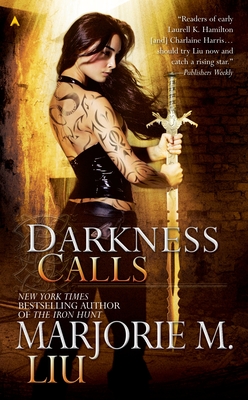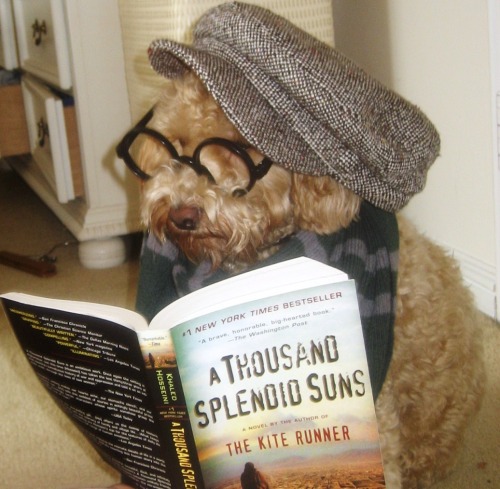There's been a lot of buzz lately about self-published e-books making their way up the bestseller lists. It's not necessarily a new fad; a number of books that are now published traditionally have hit Kindle lists as self-pubs. But two books in particular that came out of Amazon self-pubs have been brought to my attention in the past month:
The Hangman’s Daughter by Oliver Pötzsch and Lee Chadeayne, and
Switched by Amanda Hocking.

Both of these titles, released in December and November respectively, were on the same 10-ten list on January 4th.
How, I thought,
how on earth did both of these books hit the list with names like Steig Larsson, Elin Hilderbrand, John Grisham, and James Patterson?After some extensive research, I came back with little. There were no real book campaigns for either of these titles, there wasn't much to explain their success, except for word-of-mouth. Word of Hocking, in particular, has been
spreading like wildfire.
And this morning, the Hocking fire that was being casually stoked seems to be exploding as if someone has upended a girnormous bucket of gasoline on it. It seems this ambitious self-pubbed author is about to hit the
USA Today list, according to
Carol Memmott, a reporter for the paper:
You may not know her name, but Amanda Hocking and others like her are riding the comet of digital publishing.Fed up with attempts to find a traditional publisher for her young-adult paranormal novels, Hocking self-published last March and began selling her novels on online bookstores like Amazon and Barnesandnoble.com.
By May she was selling hundreds; by June, thousands. She sold 164,000 books in 2010. Most were low-priced (99 cents to $2.99) digital downloads.
More astounding: This January she sold more than 450,000 copies of her nine titles. More than 99% were e-books.
"I can't really say that I would have been more successful if I'd gone with a traditional publisher," says Hocking, 26, who lives in Austin, Minn. "But I know this is working really well for me."
In fact, Hocking is selling so well that on Thursday, the three titles in her Trylle  Trilogy (Switched, Torn and Ascend, the latest) will make their debuts in the top 50 of USA TODAY's Best-Selling Books list.
Trilogy (Switched, Torn and Ascend, the latest) will make their debuts in the top 50 of USA TODAY's Best-Selling Books list.
A recent survey shows 20 million people read e-books last year, and more self-published authors are taking advantage of the trend.
(Self-publishing is done without the involvement or vetting of an established publisher and uses a publishing system such as Lulu, Smashwords, Amazon's Kindle Direct Publishing or Barnes & Noble's PubIt! Many traditional media outlets do not review self-published books.)
"It's possible for any author to make their book available with little or no upfront cost and reach a global audience," Russ Grandinetti, vice president of Kindle Content for Amazon, says of Hocking's success. Digital publishing, he says, "gives a chance to a great book that otherwise might have been overlooked."
In the past, it has been rare for a self-published hardcover or paperback to enjoy such spectacular sales.
Hocking credits her success to aggressive self-promotion on her blog, Facebook and Twitter, word of mouth and writing in a popular genre — her books star trolls, vampires and zombies.
And she's making money.
"To me, that was a price point that made sense for what I would be willing to spend on an e-book," says Hocking, who sets her own prices. "I use iTunes a lot, and it's 99 cents and $1.29 a song."
For every $2.99 book she sells, she keeps 70%, with the rest going to the online bookseller. For every 99-cent book she sells, she keeps 30%.
H.P. Mallory, another self-published paranormal e-novelist, has sold 70,000 copies of her e-books since July. Her success caught the attention of traditional publisher Random House, with whom she just signed a three-book contract. "Selling e-books on Kindle and Barnesandnoble.com basically changed my life," Mallory says. "I never would have gotten where I am today if I hadn't."
Others are profiting, too:
•  The No. 4-selling Kindle book (it has been as high as No. 1) is The Hangman's Daughter by German novelist Oliver Potzsch. It's part of AmazonCrossing, a program offering translations of foreign-language titles. More than 100,000 copies have been sold.
The No. 4-selling Kindle book (it has been as high as No. 1) is The Hangman's Daughter by German novelist Oliver Potzsch. It's part of AmazonCrossing, a program offering translations of foreign-language titles. More than 100,000 copies have been sold.
• Novelist J.A. Konrath, who has sold more than 100,000 self-published e-books, gets more than 1 million hits a year on his blog, A Newbie's Guide to Publishing (jakonrath.blogspot.com). His novel, Shaken, hit No. 9 on the Kindle list last year.
Lorraine Shanley of Market Partners International, a publishing consulting firm, recently enjoyed Deed to Death by D.B. Henson, a self-published e-book she downloaded to her iPad.
The 99-cent price made her try it.
"Often books published by traditional publishers are excellent, but I don't think it prohibits self-publishers from doing a good job," she says.
Clearly, the concept of self-publishing is becoming something much more valuable than many industry execs expected.
I'm interested to see what comes next...











